
For countless home cooks and professional chefs alike, the Vitamix blender has long been synonymous with high performance, durability, and culinary versatility. Renowned for its ability to effortlessly pulverize ingredients into silky smooth textures, the brand has cultivated a loyal following. However, a recent, significant safety alert has emerged, demanding the immediate attention of all Vitamix Ascent and Venturist series owners, underscoring that even top-tier appliances can sometimes harbor unexpected hazards. This situation highlights the paramount importance of staying informed and prioritizing safety in the kitchen.
At the heart of this urgent announcement is an expanded recall issued in coordination with the U.S. Consumer Product Safety Commission (CPSC) and Health Canada. The core concern revolves around a potentially dangerous flaw in certain blending containers and blade bases that can lead to a serious laceration hazard. This is not a minor inconvenience but a direct threat to user safety, with confirmed reports of injuries already necessitating this widespread alert. It’s a stark reminder that rigorous testing and established brand reputations do not preclude the need for vigilance when product safety is compromised.
This in-depth article aims to serve as your authoritative and unbiased guide through the complexities of the Vitamix Ascent and Venturist series recall. Drawing exclusively from official statements and factual information provided in the context, we will break down the critical details every consumer needs to understand. Our goal is to empower you with precise knowledge, ensuring you can quickly identify if your product is affected and take the necessary steps to protect yourself and your family from potential harm. Your safety is, without a doubt, the top priority.
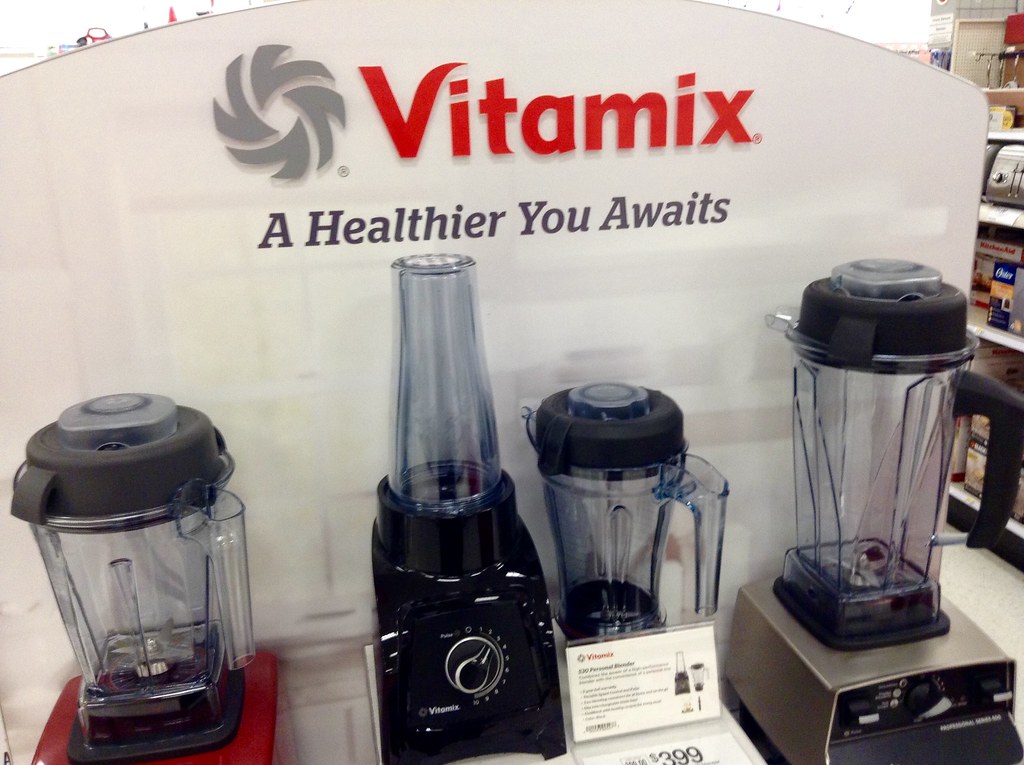
1. **What Triggered the Recall: A Critical Laceration Hazard**The fundamental reason behind this widespread Vitamix recall is a deeply concerning safety issue: the risk of laceration. Official notices from both the U.S. Consumer Product Safety Commission (CPSC) and Vitamix itself explicitly state, “The containers can separate from the blade base exposing the blades, posing a laceration hazard to consumers.” This is a direct, unambiguous statement of the danger, highlighting that the integrity of the blending unit can fail during operation. When the container detaches, the high-speed blades, designed for powerful processing, become dangerously exposed, making direct contact with a user’s hand a very real possibility.
This isn’t a theoretical risk; it’s a hazard that has unfortunately led to confirmed injuries. A blender’s blades operate at extremely high speeds, and any exposure, even for a moment, can result in severe cuts. The power and sharpness required for Vitamix’s characteristic high-performance blending are precisely what make accidental contact with exposed blades so perilous. It is this specific and tangible risk that necessitated the coordinated action from federal regulators and the company itself, signaling a clear and present danger to consumers.
The initiation and expansion of this recall by Vitamix, working closely with the CPSC and Health Canada, underscore the gravity of the situation. Such actions are only taken when there is compelling evidence of a significant safety flaw and a proven risk to public well-being. Consumers should take this alert with the utmost seriousness, understanding that the laceration hazard is a central, verified concern that demands their immediate attention and compliance with the recall instructions.
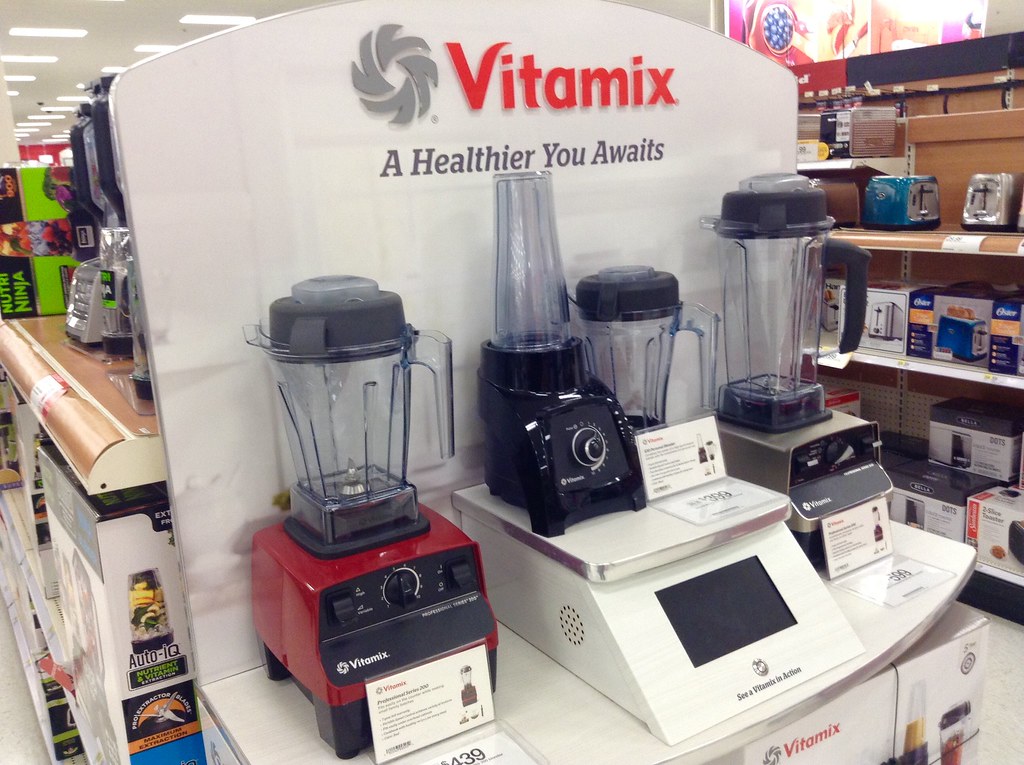
2. **Identifying the Specific Products Affected: Ascent and Venturist Series Blenders**To effectively navigate this recall, it is crucial for consumers to pinpoint exactly which Vitamix products are under scrutiny. The recall specifically involves “all Ascent and Venturist Series 8-ounce blending containers, 20-ounce blending containers, and blade bases.” This means that the core components at risk are the smaller blending containers and their accompanying blade bases, which are commonly used for single-servings or smaller batches.
Importantly, this recall also encompasses components “including those that were repaired as part of a previous recall in August 2018.” This is a critical detail that many consumers might overlook. If you participated in the 2018 recall, your previously ‘repaired’ components are still considered affected by this expanded recall and require the new repair kit. This emphasizes that the underlying issue was not fully resolved for these specific parts by the prior remedy, necessitating a renewed call to action for all owners of these container types.
Visually, consumers can identify these recalled items as “clear containers and black blade bases.” Furthermore, for brand identification and confirmation, the “Vitamix logo is printed on the blending container.” These visual cues are intended to make it easier for owners to quickly determine if the blending containers and blade bases they possess are among those that pose a laceration hazard. It’s a reminder to carefully inspect all parts, even those that seem familiar or have been in use for some time.
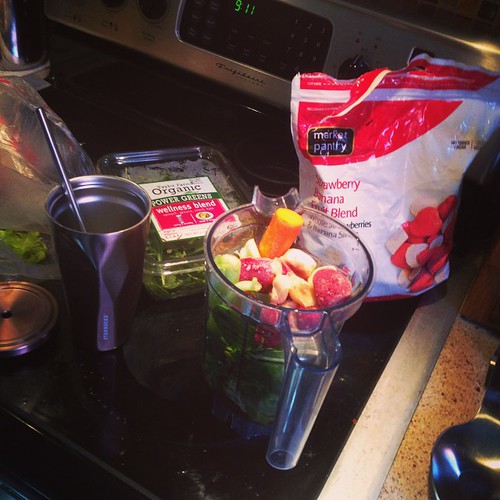
3. **Affected Vitamix Blender Models: More Than Just Components**While the recall primarily targets specific blending containers and blade bases, it is equally important to understand that these components are not always sold in isolation. They are frequently bundled with or are compatible with particular Vitamix blender models, extending the reach of this safety alert to a wider range of products. The official recall notice explicitly lists several Vitamix Venturist and Ascent Series blenders that include these hazardous parts.
Specifically, the recall applies to clear containers and black blade bases that are “included with certain Vitamix Venturist and Ascent Series blenders, such as the Venturist V1200, Ascent A2300, Ascent A2500, Ascent A3300, and Ascent A3500 blenders.” If you own one of these full-size blenders, it is highly probable that the smaller 8-ounce and 20-ounce blending containers and blade bases that came with it, or were purchased separately for use with it, are subject to this recall.
Furthermore, the recall notes that these blending containers and blade bases are “also sold separately, as sets, or bundles in various configurations.” This highlights that even if you didn’t purchase one of the specific blender models listed, but instead acquired the 8-ounce or 20-ounce containers and blade bases as an accessory, replacement, or part of a promotional package, they are still impacted. The key is to check the containers and blade bases themselves, regardless of how they were originally acquired or with which main blender unit they are used.
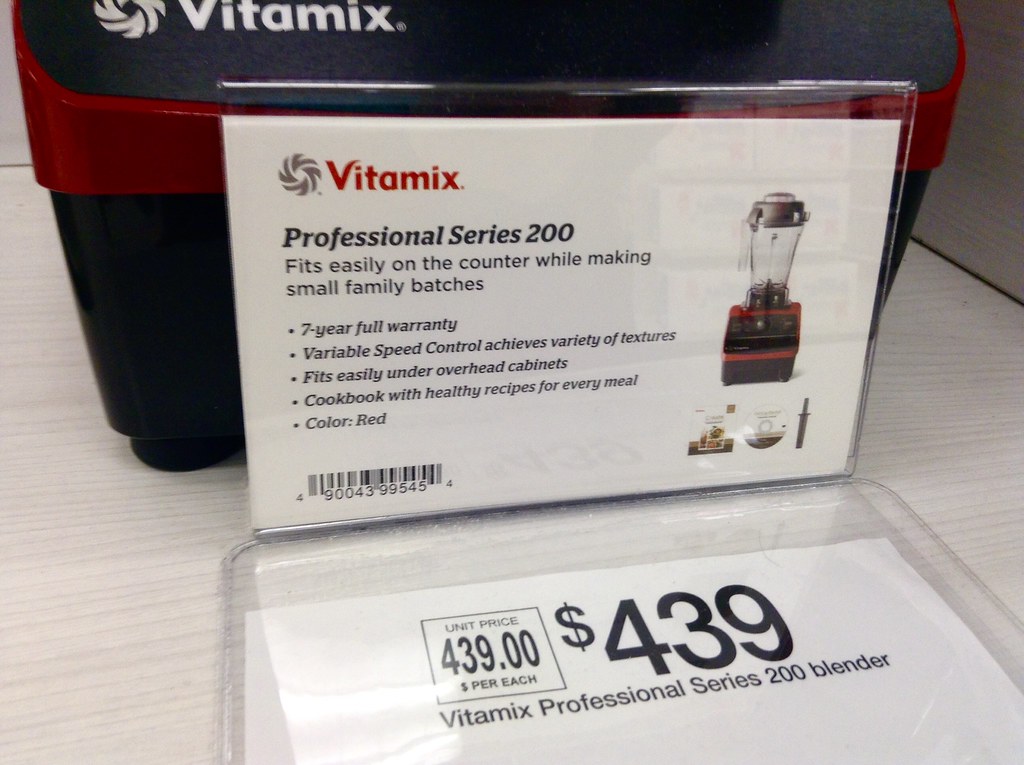
4. **The Core Defect: Container Separation from Blade Base**The hazardous condition at the heart of the Vitamix recall stems from a critical mechanical failure: the containers’ inability to maintain a secure connection with their blade bases. The U.S. Consumer Product Safety Commission (CPSC) and Vitamix confirm that “The containers can separate from the blade base and expose the blades, posing a laceration hazard to the user.” This separation is not merely a malfunction; it directly bypasses the safety mechanisms designed to keep high-speed blades safely enclosed during operation.
In a normally functioning blender, the container and blade base form an integrated, sealed unit, ensuring that the powerful rotation of the blades remains contained and isolated from the user. However, with the recalled products, this vital connection can fail, leading to an instantaneous and unexpected exposure of the sharp, rapidly moving blades. This scenario transforms a routine kitchen appliance into a serious danger, as users’ hands or fingers can inadvertently come into direct contact with the blades, resulting in potentially severe lacerations.
This defect underscores a fundamental breach in product safety, as the primary function of the container-blade base assembly is to provide a safe operating environment. The integrity of this connection is paramount, and its failure creates an unacceptable risk. The reported incidents of lacerations serve as a grave testament to the reality of this hazard, emphasizing that the defect is not theoretical but has a tangible and harmful impact on consumers.
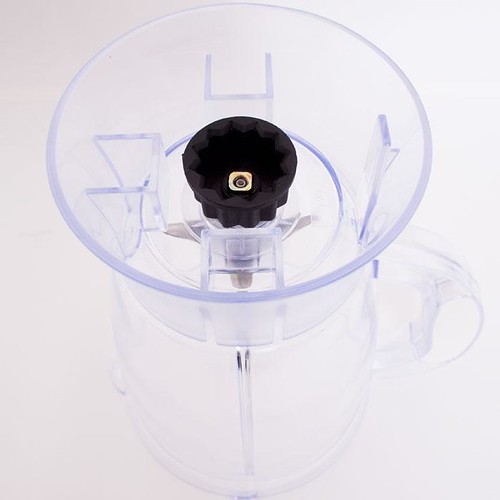
5. **A Look at the Timeline: From Sales to Expanded Recall**The timeline of this Vitamix recall reveals a prolonged period during which affected products were available to consumers, as well as a history of previous safety interventions. The recalled items – the 8-ounce and 20-ounce blending containers and blade bases – were sold over a substantial timeframe, specifically “from April 2017 through May 2024.” This lengthy sales window means that a large number of consumers acquired these products over seven years, significantly expanding the potential reach of this recall.
This current alert, announced on June 20, 2024, is not Vitamix’s first engagement with this particular safety concern. It marks an expansion of an “existing recall by the company on Thursday in coordination with the U.S. Consumer Product Safety Commission (CPSC).” The original recall, which also involved these blending containers and blade bases, was initiated in “August 2018.” This history indicates that the issue of container-blade base separation has been a recognized problem for several years, leading to a renewed and broadened effort to address the hazard comprehensively.
The expansion of the recall, despite a previous intervention, highlights the ongoing commitment of Vitamix and regulatory bodies to consumer safety, ensuring that all potentially hazardous units are identified and addressed. It also means that consumers who might have believed their product was safe after the 2018 recall must re-evaluate their items, as the expanded scope now includes even those previously repaired units. This extended timeline and phased recall approach underscore the importance of continuous consumer awareness regarding product safety notices.
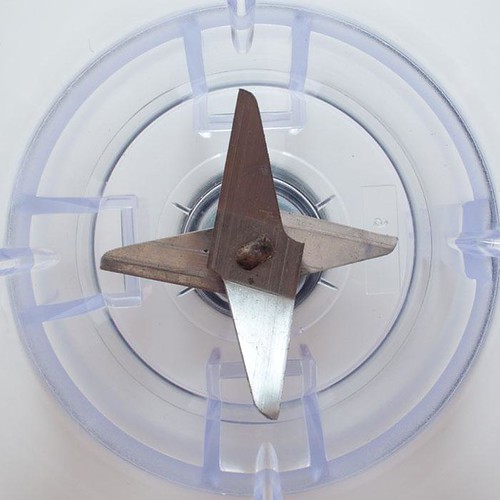
6. **Reported Incidents and Injuries: A Clear Picture of Risk**The most compelling evidence of the hazard associated with the recalled Vitamix blending containers and blade bases comes from the documented reports of injuries. Vitamix has explicitly stated that “it had received 27 reports of lacerations, including 11 reports from the prior 2018 recall, when consumers’ hands came in contact with exposed blades.” These figures are critical because they demonstrate that the risk of blade exposure and subsequent injury is not a hypothetical scenario but a confirmed reality that has already impacted users.
These 27 laceration reports serve as a stark warning to all owners of the affected products. They highlight the tangible danger posed when the container separates from the blade base, allowing hands to come into direct, unprotected contact with the rapidly spinning blades. Such injuries can range in severity, but any laceration from a powerful blender’s blades carries the potential for significant harm, requiring immediate medical attention and potentially leading to lasting consequences.
The fact that 11 of these reports stem from the earlier 2018 recall underscores that even with the initial corrective actions, the problem persisted or was more extensive than initially identified. This history of reported injuries reinforces the urgency of the current expanded recall and the necessity for every consumer with these particular blending containers and blade bases to take immediate action. The numbers are not mere statistics; they represent real people who have experienced harm, emphasizing the importance of heeding this safety alert.
Read more about: Inside Ukraine’s Elite Operations: Strategic Raids and Key Strikes Against Russian Targets in Crimea
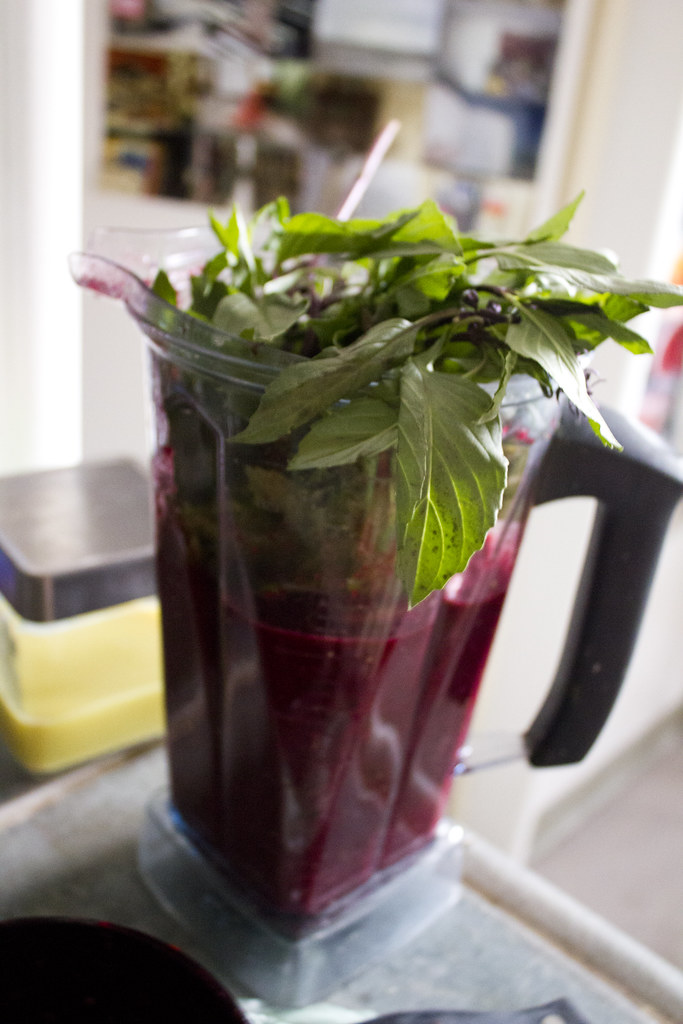
7. **Immediate Consumer Action: Stop Use and Contact Vitamix**Given the serious laceration hazard, the immediate and most crucial instruction for consumers is unequivocal: “ALL consumers, including consumers who participated in the 2018 recall, should immediately stop using the recalled 8-ounce and 20-ounce blending containers and blade bases.” This directive is not a suggestion but a critical safety measure that must be followed without delay. Continuing to use these affected components places you directly at risk of injury due to exposed blades.
Once usage has ceased, the next vital step is to “contact Vitamix for a repair kit.” The company has committed to providing this remedy “free of charge” to all customers who have purchased the recalled products. This repair kit is designed to address the underlying safety flaw by enhancing the security around the blade base, thereby preventing the container from separating and exposing the blades during operation.
To facilitate this process, Vitamix has established clear channels for communication. Consumers are encouraged to reach out via their dedicated recall website or through direct contact information provided by the company, which will be detailed further in the subsequent section of this article. The emphasis is on proactive engagement; by immediately stopping use and requesting the repair kit, consumers can effectively mitigate the laceration hazard and restore the safe functionality of their Vitamix blenders with the provided solution.
Navigating a product recall can be a daunting experience for consumers, especially when it involves a trusted kitchen appliance like a Vitamix blender. While the initial alert and immediate actions are critical, understanding the broader scope and resolution mechanisms of the recall is equally important for ensuring safety and making informed decisions. This second section delves into the extensive reach of the Vitamix Ascent and Venturist series recall, detailing the total units affected, where these products were sold, their price range, and the specifics of the provided repair kit. We will also cover how consumers can identify their units, Vitamix’s official stance, and crucial contact information for assistance, all with the aim of providing a comprehensive, practical guide for every affected owner.
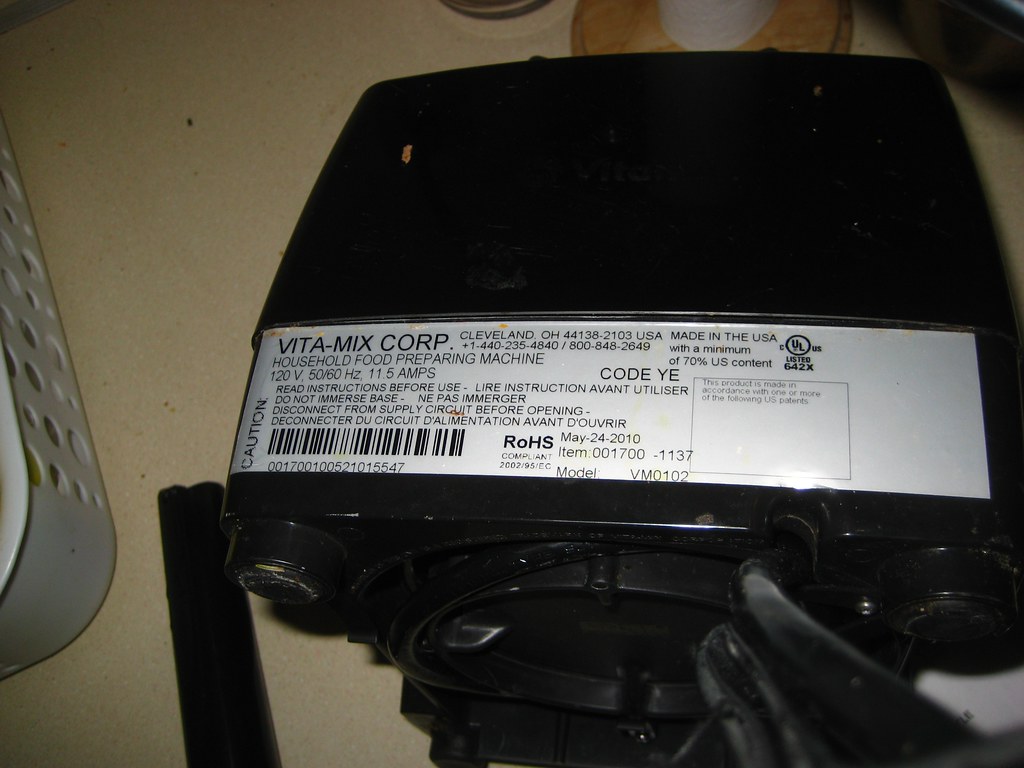
8. **The Total Scope of the Recall: Units Affected in U.S. and Canada**The scale of the Vitamix recall is substantial, impacting a significant number of consumers across North America. According to official notices, approximately 569,000 units of the affected 8-ounce and 20-ounce blending containers and blade bases have been recalled in the United States. This figure underscores the widespread distribution of these components over their lengthy sales period, highlighting the extensive reach of the safety concern.
It is important for consumers to note that this U.S. total includes approximately 105,000 units that were part of the previous recall initiated in August 2018. This detail is crucial, as it means that products previously addressed under the earlier recall are still considered affected and require the new repair kit. The expansion of the recall demonstrates a comprehensive effort to ensure all potentially hazardous units are identified and rectified, irrespective of prior interventions.
Beyond the U.S. borders, the recall also extends to Canada, where about 121,950 units of the same blending containers and blade bases were sold. This coordinated recall effort between the U.S. Consumer Product Safety Commission (CPSC) and Health Canada emphasizes the seriousness of the laceration hazard and the commitment to consumer safety across both nations. In total, nearly 700,000 units have been identified for recall in North America, necessitating broad consumer awareness and action.
Read more about: Ford’s Hybrid Fire Risk: An In-Depth Consumer Report on Escape, Corsair, and Maverick Recalls
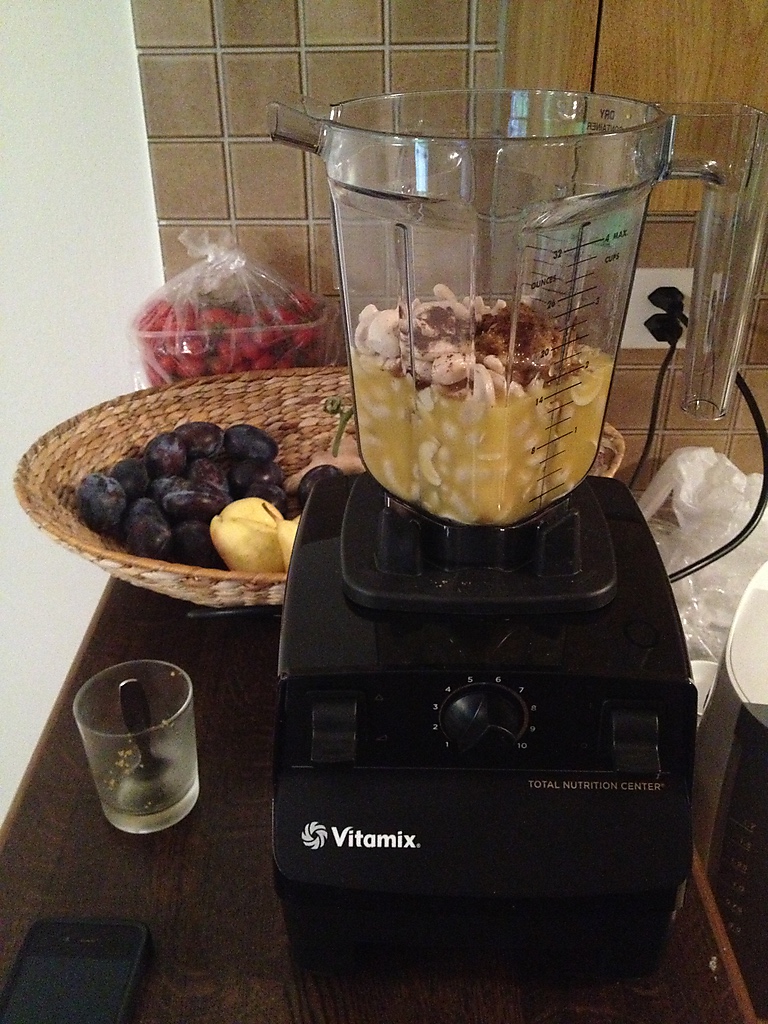
9. **Extensive Retailer and Online Availability: Where Recalled Products Were Sold**One reason for the recall’s broad impact is the extensive network through which the Vitamix Ascent and Venturist series blending containers and blade bases were distributed. These products were widely available across numerous prominent retail chains nationwide, making them accessible to a vast consumer base in physical stores. The recall notice specifically lists several well-known retailers.
Among the retailers where these items were sold are Costco, Best Buy, Crate & Barrel, Macy’s, Target, Williams Sonoma, and Walmart. This diverse range of outlets, from big-box stores to specialty kitchenware retailers, indicates how integrated these Vitamix components were into the mainstream consumer market. Consumers who purchased their blenders or accessories from any of these stores should be particularly vigilant in checking their products.
In addition to national retail chains, the affected products were also sold at various specialty and independent stores nationwide. For online shoppers, the distribution channels were equally broad, with sales occurring on Vitamix’s own website, Vitamix.com, as well as through major e-commerce platforms such as Amazon.com and QVC.com. This extensive sales footprint from April 2017 through May 2024 further contributes to the significant number of units now under recall.
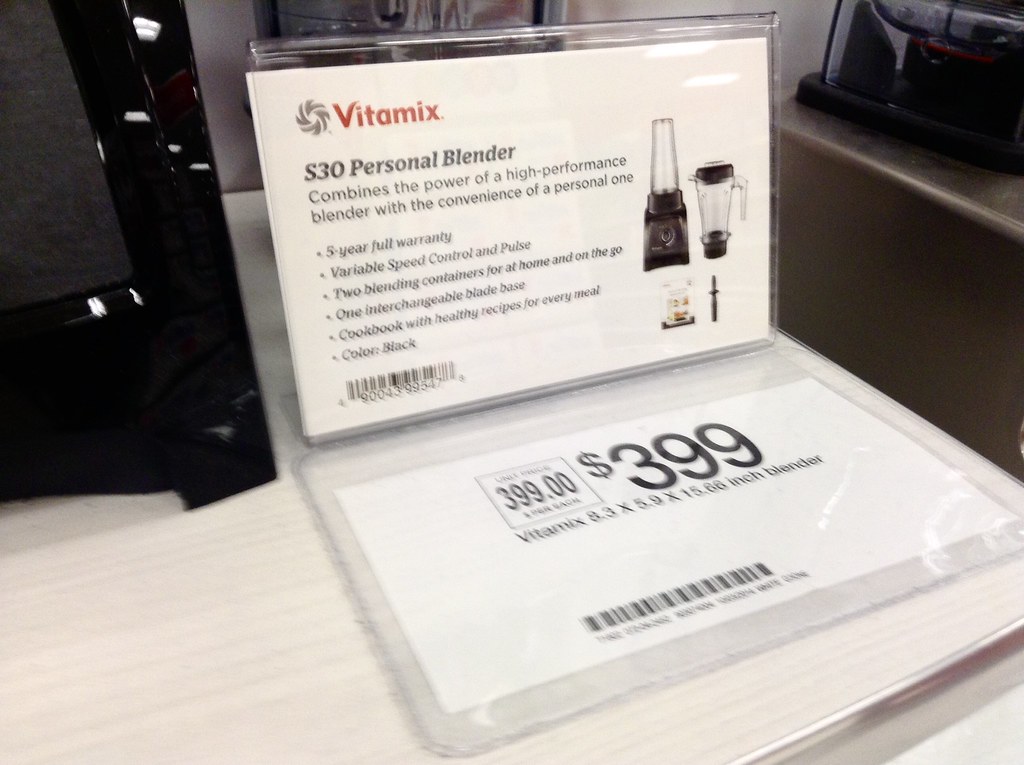
10. **Understanding the Price Point of Affected Products**Vitamix blenders are often positioned at the higher end of the kitchen appliance market, reflecting their reputation for performance and durability. This pricing strategy applies to the recalled Ascent and Venturist series components as well, whether sold individually or as part of a larger blender package. The cost to consumers for these affected items ranged significantly, based on how they were acquired.
According to the recall information, the blending containers and blade bases were sold for “between $30 and $990 for the blender and blending containers when sold with other products.” This wide range indicates that while the individual containers or blade bases might have been priced at the lower end, purchasing them as part of a full blender system brought the total cost into the premium category. This reinforces the investment many consumers made in these products.
For instance, the brand’s website lists Ascent blenders selling for between $549.95 and $749.95, while Venturist series blenders, such as the V1200 model, can cost up to $549.95. These prices highlight that the affected components were integral parts of expensive, high-performance appliances. This financial investment underscores the importance of participating in the recall to ensure the safety and continued utility of these valuable kitchen tools, especially given that no replacements or refunds are being offered.
Read more about: The Cybertruck Chronicle: Decoding Tesla’s Electrifying Pickup from Concept to Reality
11. **The Free Repair Kit: What It Is and How It Works**Central to the resolution of this recall is the free repair kit provided by Vitamix to all affected consumers. This kit is a proactive measure designed to address the underlying safety flaw by reinforcing the integrity of the blending unit. It aims to restore safe functionality to the recalled 8-ounce and 20-ounce blending containers and blade bases without requiring a full replacement of the product.
The repair kit primarily consists of a “protective plastic shroud to attach over the blade base” along with “additional instructional labels.” The purpose of this shroud is to act as an additional safety barrier, preventing the container from separating from the blade base during operation. By physically securing the connection, it mitigates the risk of the blades becoming exposed and causing laceration injuries, which is the core hazard identified in the recall.
Vitamix has emphasized that the repair kit is designed for ease of use, stating that customers “can easily install themselves” and that “no tools are required.” The company has even provided a video on its website demonstrating the straightforward installation process, ensuring that consumers can quickly and confidently apply the fix. This consumer-centric approach aims to make the resolution as accessible and stress-free as possible, enabling users to safely resume using their Vitamix blenders with the enhanced components.
Read more about: Unlock Your Car’s Full Potential: 14 Simple DIY Maintenance Tasks Every Driver Must Master for a Longer, Safer Ride
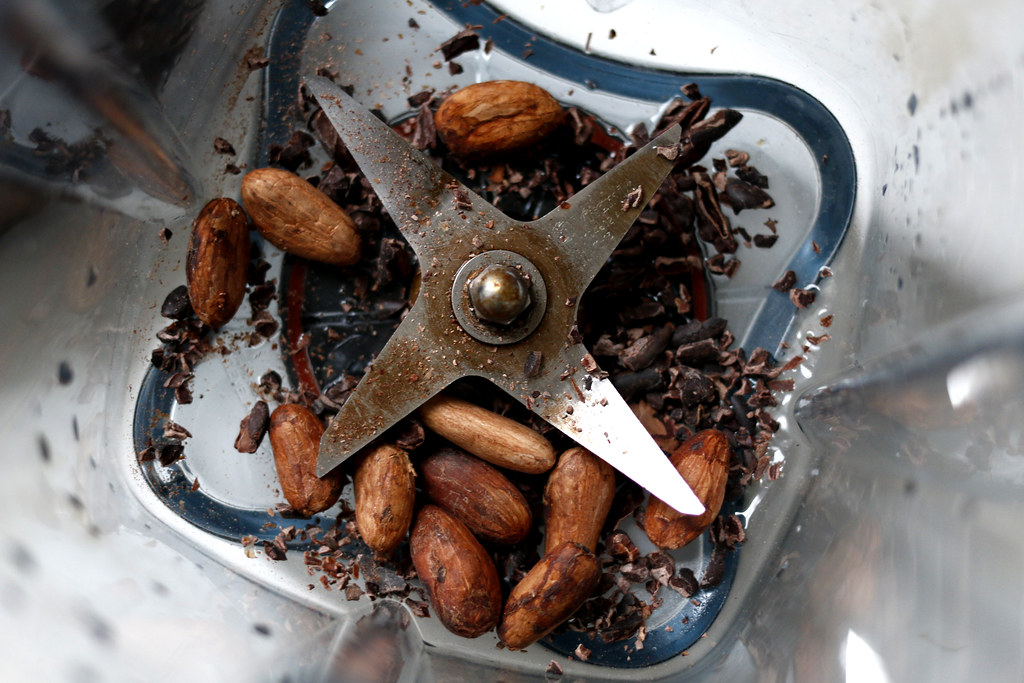
12. **How to Identify If Your Vitamix Unit is Recalled: Date Codes and Visual Cues**Properly identifying whether your specific Vitamix products are subject to this recall is a critical step for consumer safety. The recall encompasses “all Ascent and Venturist Series 8-ounce blending containers, 20-ounce blending containers, and blade bases.” Visual characteristics provide the first layer of identification for these components.
Consumers should look for “clear containers and black blade bases.” Additionally, for brand confirmation and as a key identifier, the “Vitamix logo is printed on the blending container.” These visual cues are consistent across all recalled units, whether they were sold independently, as sets, bundles, or included with specific Venturist and Ascent series blenders like the V1200, A2300, A2500, A3300, and A3500 models.
Crucially, to verify if a specific unit is recalled, consumers are advised to check the “date code located on the blade in ‘MM-YY format’.” This precise identification method allows owners to confirm their product’s manufacturing period relative to the April 2017 through May 2024 timeframe of affected sales. It is also vital to remember that “those that were repaired as part of a previous recall in August 2018” are still included in this expanded recall and require the new repair kit, underscoring the need for careful re-evaluation of all previously handled components.

13. **Vitamix’s Official Response and Commitment to Safety**In response to the recall, Vitamix has issued statements emphasizing its commitment to consumer safety and the rigorous processes behind its product development. The company acknowledges the seriousness of the laceration hazard and has been working closely with regulatory bodies, including the U.S. Consumer Product Safety Commission (CPSC) and Health Canada, to address the issue effectively. This collaboration underscores a responsible approach to public safety.
A representative from Vitamix stated, “Vitamix’s top priority is the safety of its customers.” This commitment is further supported by the company’s assertion that “Vitamix products undergo extensive testing, leveraging the 130+ test procedures in Vitamix’s catalog to assess every component for quality and durability.” This detail provides insight into the company’s internal quality control efforts, even in light of the unexpected defect.
The company also acknowledged that “despite the rigorous testing each product undergoes before going to market, Vitamix often learns a great deal about its products after they’ve been used by thousands of people in real-life situations.” This candid admission highlights the continuous learning cycle in product safety and the brand’s aim to “continue improving customers’ experiences,” even when unforeseen issues arise post-market. It reflects a posture of ongoing vigilance and adaptation in ensuring product integrity.
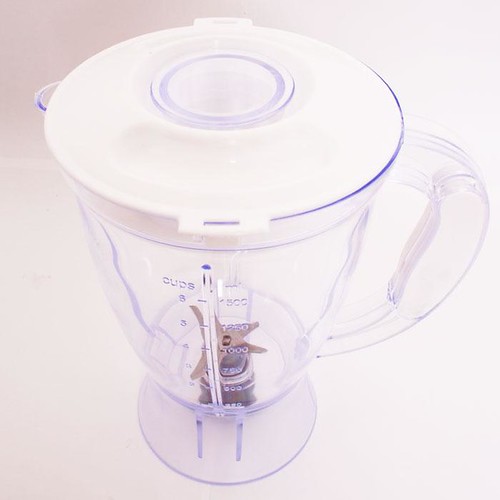
14. **Remedy Limitations: No Replacements or Refunds Offered**While Vitamix is providing a free repair kit to address the safety hazard, it is important for consumers to understand the scope of the remedy offered. The company has explicitly stated that “Vitamix is not offering a replacement or a refund as part of the recall.” This means that customers who own the affected blending containers and blade bases will not receive a new product or financial compensation directly related to this recall.
Instead, the focus of Vitamix’s corrective action is solely on providing the repair kit, which consists of the protective plastic shroud and additional instructional labels. The company’s instruction to consumers is clear: “immediately stop using the products and contact the company via a dedicated recall website for a repair kit.” This highlights that the repair kit is considered the complete and appropriate solution for mitigating the identified laceration hazard.
This approach aligns with common practices in product recalls where a repair is deemed sufficient to restore the product to a safe operating condition. For consumers, this means accepting the provided repair kit as the definitive remedy and following the installation instructions to ensure continued safe use of their Vitamix blenders. Understanding this limitation upfront helps manage expectations regarding the recall process.
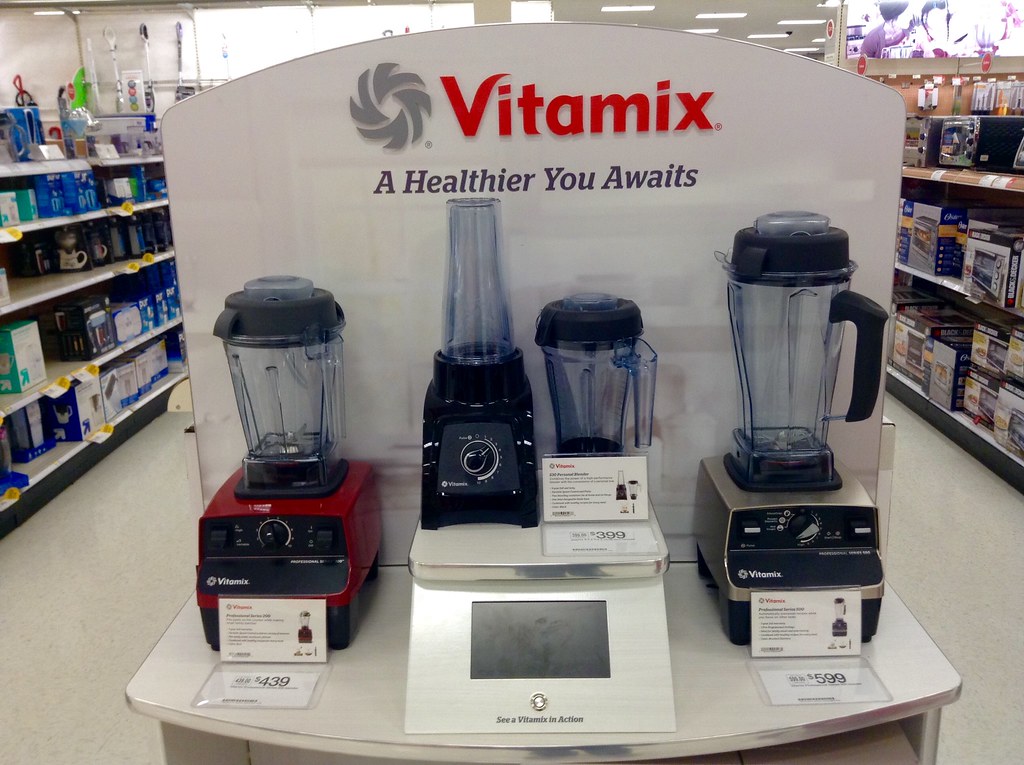
15. **Essential Contact Information for Consumers**For any consumer who believes they possess a recalled Vitamix product or has questions regarding the recall process, establishing contact with the company is crucial. Vitamix has provided clear and accessible channels for support and to facilitate the acquisition of the free repair kit. Immediate action to stop using the affected items and reaching out to Vitamix is highly encouraged.
Consumers can contact Vitamix directly via their toll-free telephone number: 855-215-5178. This line is available from 7 a.m. to 4 p.m. CT, Monday through Friday, ensuring that assistance is available during standard business hours. For those who prefer written communication or require support outside of phone hours, an email address has been provided: service@vitamix.com.
Additionally, Vitamix has established dedicated online resources. Consumers can visit www.BlendingCupBowlRecall.expertinquiry.com or access information through the main Vitamix website, https://www.vitamix.com/us/en_us, by clicking on “Product Recalls” at the top of the page. These online portals are designed to provide comprehensive details and guide users through the process of verifying their product and requesting the necessary repair kit, ensuring all avenues for assistance are readily available.
Read more about: Buyer Beware: 7 Hatchbacks That Won’t Make it to 10 Years Without Constant Corrosion
The Vitamix recall, while a significant safety concern, is a testament to the ongoing commitment of manufacturers and regulatory bodies to consumer protection. By meticulously detailing the affected units, clarifying the repair process, and providing extensive support channels, the aim is to empower every Vitamix owner with the knowledge and tools to ensure their safety. It underscores the vital role of staying informed about product safety alerts and taking swift action when such notices arise, allowing consumers to continue enjoying their appliances with renewed confidence.



